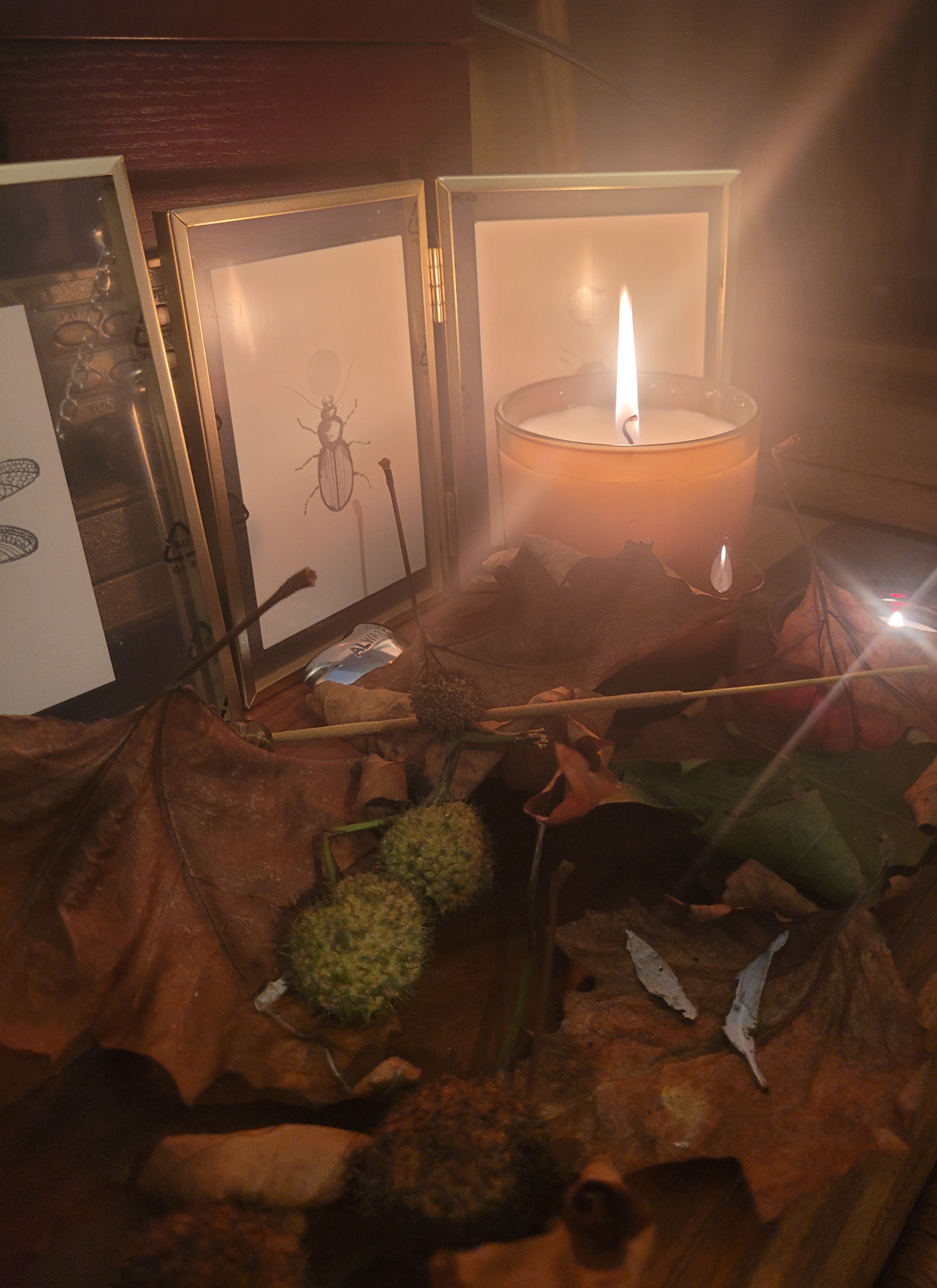As we near Halloween, depending on where you are in the world, you’ll no doubt soon be seeing carved pumpkins outside doors and glowing devilishly in windows, Jack-o-Lantern’s all about the place and maybe even thinking up what costume you’ll don for the day. But, as with Yule and its origins in Christmas traditions, Halloween similarly has its roots in a Pagan tradition from the Celtic world called Samhain. In this article, we’re going to explore the origins of this day filled with ghosts and ghouls, monsters and mayhem.
Firstly… How do you pronounce Samhain?
For those wondering, it’s not pronounced ‘sam-hain’ (I think it is a common mistake to make) but rather ‘sow-win’, heavy on the first syllable.


What is Samhain?
Samhain is an ancient Celtic festival that occurs between the 31st October to 1st November. Those celebrating believe the boundary between our world and the Otherworld is at its most thin, allowing communication more easily.
Taking place at the halfway mark between the autumn equinox and the winter solstice, and following the end of the harvest, Druid priests led the spiritual celebrations of Samhain. It’s believed Samhain was considered a mandatory celebration which went on for three days and nights (otherwise illness or even death would be the consequence), during which communities would present themselves to their chieftains.
As the barriers between the worlds would break down, it’s believed that among other beings crossing over, so too would ancestors. During this time, meals were shared with dead ancestors, doors and windows left open to invite the dead in, who would be entertained by games children played or even updated on news they’d missed over the last year.
Eventually, as Christianity spread throughout Europe, the Pagan holiday became increasingly broken down. In the 5th century, the celebrations were moved to the month of May and at that point was only a day for remembering saints and martyrs. The celebrations were eventually moved back to October/November in the 9th century, but Christianity didn’t erase all Pagan traditions.
While focusing on death can be a bit morbid, Samhain was a time to face this inevitable event, recognising it as something not to be afraid of. With death comes endings, so it also served as a time to reflect on other aspects in life that have come to an end.
How is Samhain celebrated today?
The 31st October to 1st November is still very much considered a spiritual time, especially by Pagans. As well as serving as a reminder of the life cycle, a series of rituals are observed, including preparing meals and leaving extra places at the table to invite loved ones who have passed to join for the evening.
Why do we dress up for Halloween?
While performing some rituals, the Celts would wear costumes of animal heads and skins, so that may have contributed to the tradition we know today. But, more straightforwardly, as it’s believed our world and the next intermingle on this night, it was also believed that while our loved ones could reach us, so could those of evil spirits and those who seek to harm us. So, in the effort to avoid such a fate, dressing up as the dead was thought to ward them off, either confusing or frightening them away.
Will you be celebrating Samhain this year?





